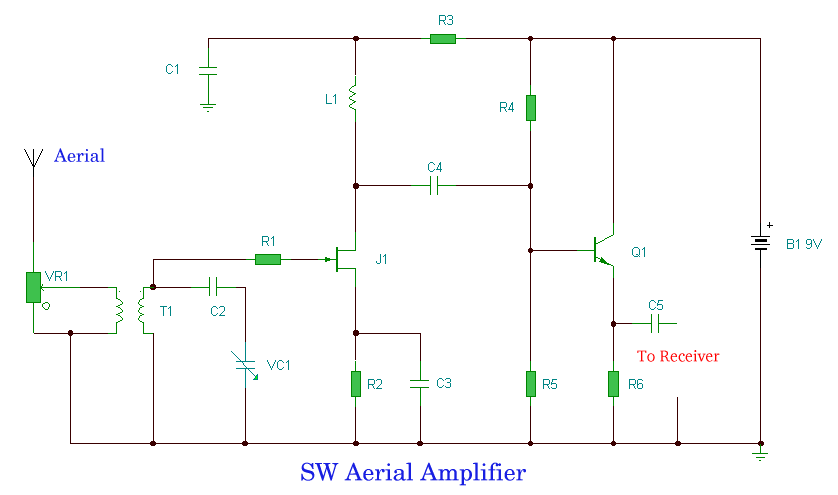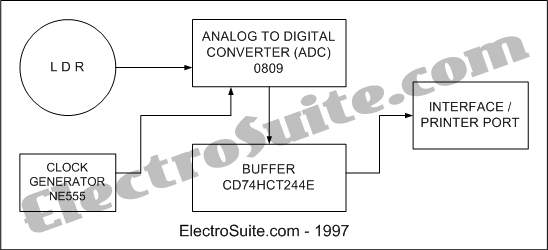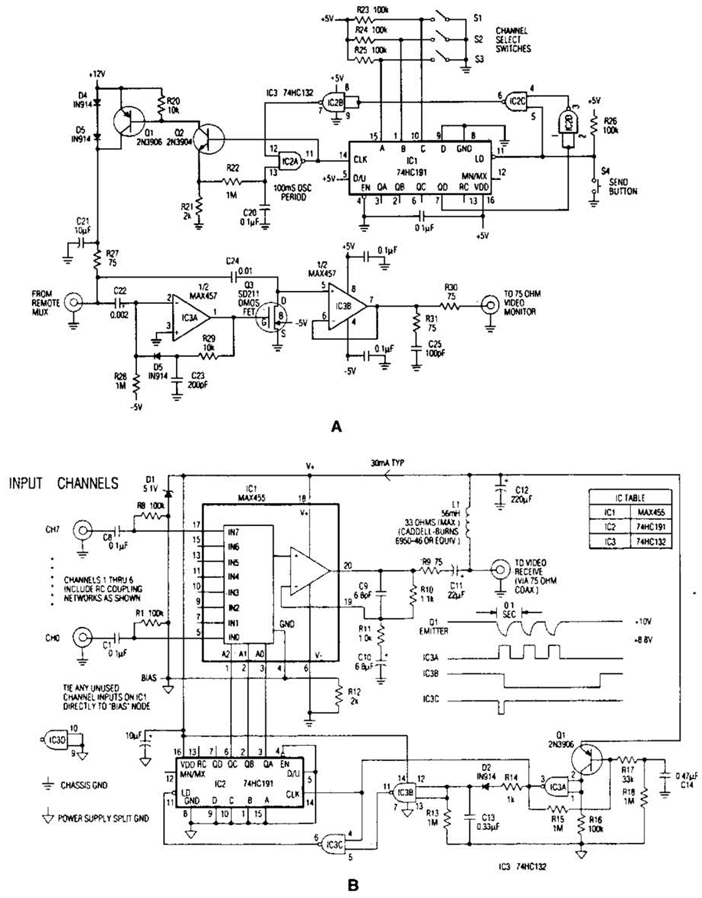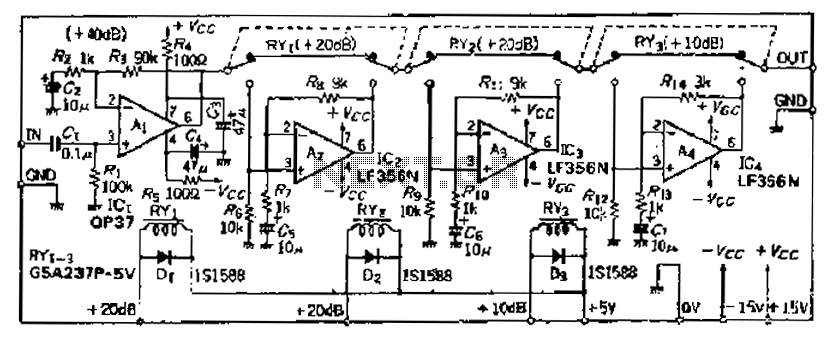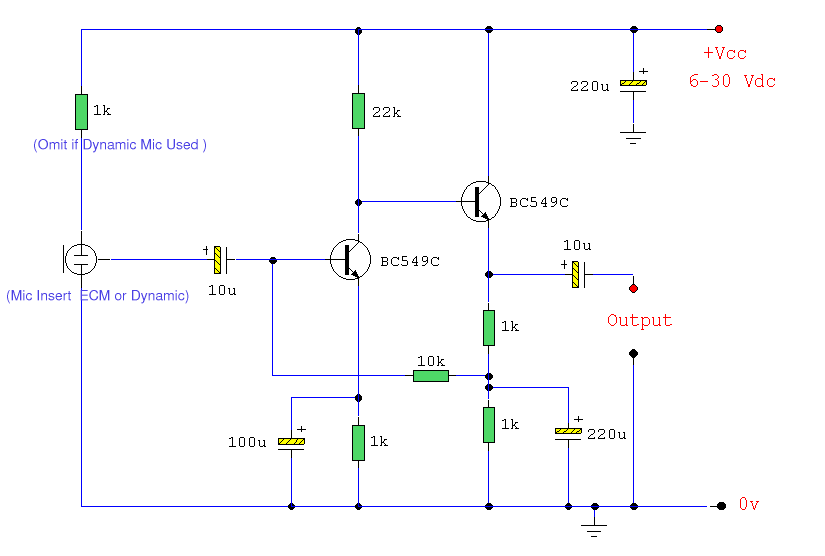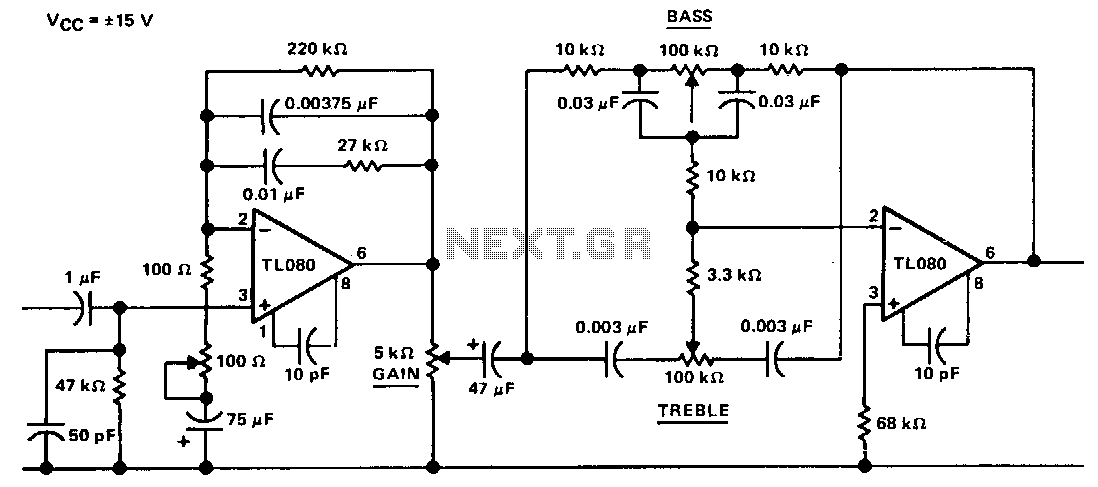
LM1279 110 MHz RGB Video Amplifier System With OSD [Obsolete]
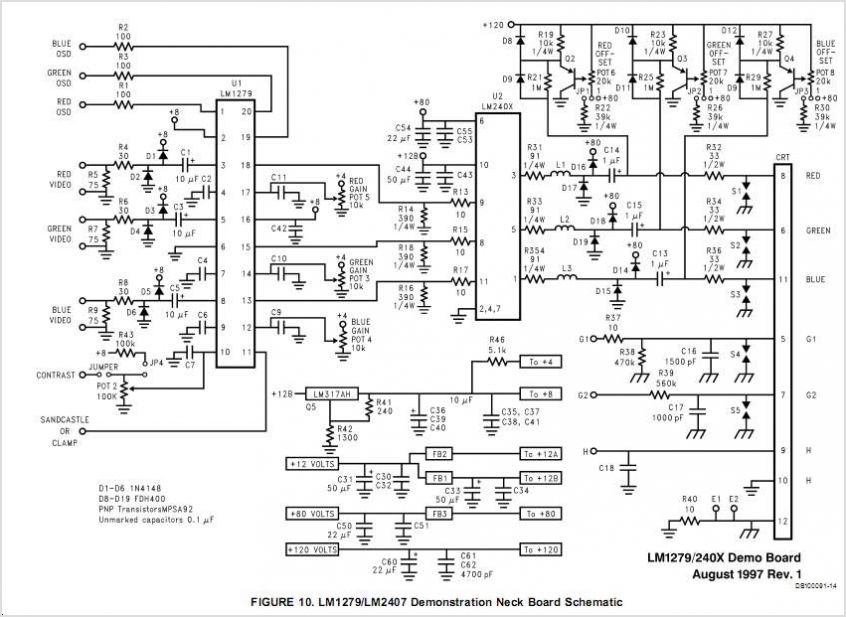
The LM231 and LM331 family of voltage-to-frequency converters are well-suited for use in simple, low-cost circuits designed for analog-to-digital conversion, precision frequency-to-voltage conversion, long-term integration, linear frequency modulation or demodulation, and various other applications. When utilized as a voltage-to-frequency converter, the output is a pulse train at a frequency that is precisely proportional to the applied input voltage. This provides all the inherent advantages of voltage-to-frequency conversion techniques and simplifies application in standard voltage-to-frequency converter scenarios. Furthermore, the LM231A and LM331A achieve a high level of accuracy against temperature variations, which could only previously be achieved with more expensive voltage-to-frequency modules. Additionally, the LM231 and LM331 are particularly suitable for digital systems operating at low power supply voltages, enabling low-cost analog-to-digital conversion in microprocessor-controlled environments. The frequency output from a battery-powered voltage-to-frequency converter can be easily routed through a simple photo isolator, providing isolation against high common mode levels. The LM231 and LM331 incorporate a new temperature-compensated band-gap reference circuit, ensuring excellent accuracy across the entire operating temperature range, even at power supplies as low as 4.0V. The precision timer circuit features low bias currents without compromising the rapid response required for 100 kHz voltage-to-frequency conversion. The outputs are capable of driving three TTL loads or providing a high voltage output of up to 40V, while also being short-circuit-proof against VCC.
The LM231 and LM331 voltage-to-frequency converters are integrated circuits that transform an analog voltage input into a corresponding frequency output, making them ideal for applications requiring precise signal processing. The architecture of these converters typically includes a voltage comparator, a timing circuit, and a reference voltage source. The voltage comparator compares the input voltage to a triangular waveform generated internally, producing a pulse output whose frequency is directly proportional to the input voltage.
In practical applications, the LM231 and LM331 can be utilized in various configurations to accommodate different system requirements. For instance, in an analog-to-digital conversion setup, the output pulse frequency can be counted by a microcontroller, which then calculates the corresponding voltage level based on the known frequency-to-voltage relationship. This method is particularly advantageous in low-cost systems where high precision is essential.
The temperature compensation feature, provided by the integrated band-gap reference circuit, ensures that the device maintains consistent performance across a wide range of operating temperatures, reducing drift that can affect measurement accuracy. This is particularly important in environments where temperature fluctuations are common.
Moreover, the capability of driving TTL loads allows for seamless integration with digital logic circuits, facilitating the development of more complex systems. The output stage is designed to handle high voltages, making the LM231 and LM331 versatile components suitable for a variety of applications, including industrial automation and consumer electronics.
In summary, the LM231 and LM331 voltage-to-frequency converters provide a robust solution for converting analog signals into digital representations with high accuracy and reliability. Their design optimizes performance in low-power applications while offering features that enhance usability in diverse electronic systems.The LM231 LM331 family of voltage-to-frequency converters are ideally suited for use in simple low-cost circuits for Analog-to-digital conversion, precision frequency-to-voltage conversion, long-term integration, linear frequency modulation or demodulation, and many other functions. The output when used as a voltage-to-frequency converter is a pul se train at a frequency precisely proportional to the applied input voltage. Thus, it provides all the inherent advantages of the voltage-to-frequency conversion techniques, and is easy to apply in all standard voltage-to-frequency converter applications. Further, the LM231A, LM331A attain a new high level of accuracy versus temperature which could only be attained with expensive voltage-to-frequency modules.
Additionally the LM231 331 are ideally suited for use in digital systems at low power supply voltages and CAN provide low-cost Analog-to-digital conversion in microprocessor-controlled systems. And, the frequency from a battery powered voltage-to-frequency converter CAN be easily channeled through a simple photo Isolator to provide isolation against high common mode levels.
The LM231 LM331 utilize a new temperature-compensated band-gap reference circuit, to provide excellent accuracy over the full operating temperature range, at power supplies as low as 4. 0V. The precision Timer circuit has low bias currents without degrading the quick response necessary for 100 kHz voltage-to-frequency conversion.
And the output are capable of driving 3 TTL loads, or a high voltage output up to 40V, yet is short-circuit-proof against VCC. 🔗 External reference
The LM231 and LM331 voltage-to-frequency converters are integrated circuits that transform an analog voltage input into a corresponding frequency output, making them ideal for applications requiring precise signal processing. The architecture of these converters typically includes a voltage comparator, a timing circuit, and a reference voltage source. The voltage comparator compares the input voltage to a triangular waveform generated internally, producing a pulse output whose frequency is directly proportional to the input voltage.
In practical applications, the LM231 and LM331 can be utilized in various configurations to accommodate different system requirements. For instance, in an analog-to-digital conversion setup, the output pulse frequency can be counted by a microcontroller, which then calculates the corresponding voltage level based on the known frequency-to-voltage relationship. This method is particularly advantageous in low-cost systems where high precision is essential.
The temperature compensation feature, provided by the integrated band-gap reference circuit, ensures that the device maintains consistent performance across a wide range of operating temperatures, reducing drift that can affect measurement accuracy. This is particularly important in environments where temperature fluctuations are common.
Moreover, the capability of driving TTL loads allows for seamless integration with digital logic circuits, facilitating the development of more complex systems. The output stage is designed to handle high voltages, making the LM231 and LM331 versatile components suitable for a variety of applications, including industrial automation and consumer electronics.
In summary, the LM231 and LM331 voltage-to-frequency converters provide a robust solution for converting analog signals into digital representations with high accuracy and reliability. Their design optimizes performance in low-power applications while offering features that enhance usability in diverse electronic systems.The LM231 LM331 family of voltage-to-frequency converters are ideally suited for use in simple low-cost circuits for Analog-to-digital conversion, precision frequency-to-voltage conversion, long-term integration, linear frequency modulation or demodulation, and many other functions. The output when used as a voltage-to-frequency converter is a pul se train at a frequency precisely proportional to the applied input voltage. Thus, it provides all the inherent advantages of the voltage-to-frequency conversion techniques, and is easy to apply in all standard voltage-to-frequency converter applications. Further, the LM231A, LM331A attain a new high level of accuracy versus temperature which could only be attained with expensive voltage-to-frequency modules.
Additionally the LM231 331 are ideally suited for use in digital systems at low power supply voltages and CAN provide low-cost Analog-to-digital conversion in microprocessor-controlled systems. And, the frequency from a battery powered voltage-to-frequency converter CAN be easily channeled through a simple photo Isolator to provide isolation against high common mode levels.
The LM231 LM331 utilize a new temperature-compensated band-gap reference circuit, to provide excellent accuracy over the full operating temperature range, at power supplies as low as 4. 0V. The precision Timer circuit has low bias currents without degrading the quick response necessary for 100 kHz voltage-to-frequency conversion.
And the output are capable of driving 3 TTL loads, or a high voltage output up to 40V, yet is short-circuit-proof against VCC. 🔗 External reference
Warning: include(partials/cookie-banner.php): Failed to open stream: Permission denied in /var/www/html/nextgr/view-circuit.php on line 713
Warning: include(): Failed opening 'partials/cookie-banner.php' for inclusion (include_path='.:/usr/share/php') in /var/www/html/nextgr/view-circuit.php on line 713
